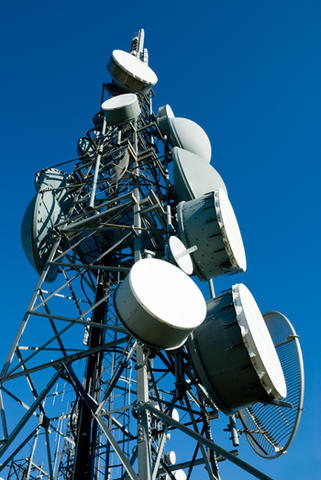NIST, NTIA, DOD Agree to Facilitate Testing and Evaluation of Wireless Spectrum-Sharing Methods

The Department of Commerce (DOC) and Department of Defense (DOD) have signed a memorandum of agreement that establishes a new collaborative framework to facilitate access to a wide range of laboratory and test facilities that support development of improved methods for sharing wireless communications channels or "spectrum."
The National Advanced Spectrum and Communications Test Network (NASCTN) established under the agreement is an important adjunct of the new Center for Advanced Communications (CAC), a joint effort of two DOC agencies, the National Institute of Standards and Technology (NIST) and the National Telecommunications and Information Administration (NTIA). The CAC is implementing a key provision of the 2013 Presidential Memorandum Expanding America's Leadership in Wireless Innovation to further research, development, testing and evaluation of spectrum sharing technologies and other wireless-related efficiencies.
NIST, NTIA and DOD's Chief Information Officer (CIO) signed the agreement on March 11, 2015, committing to develop a charter for NASCTN over the next six months. Additional federal agency members and private sector participants will be invited to join the network as well.
"Rapid advances in communications technology have created significant new demands for access to wireless channels," Acting Under Secretary of Commerce for Standards and Technology and NIST Acting Director Willie May said. "We need efficient and effective ways of sharing spectrum to continue to benefit from technology advances while balancing the needs of commercial broadband, national security and public safety."
"Access to spectrum will advance the country's future competitiveness and global technology leadership," Assistant Secretary of Commerce for Communications and Information and NTIA Administrator Lawrence E. Strickling said. "NASCTN will play a critical role as we work toward fulfilling the Administration's commitment to making available an additional 500 megahertz of spectrum for commercial use by 2020 while safeguarding capabilities that are vital to federal interests."
"Developing systems that are efficient, flexible, adaptable and support greater sharing helps ensure our military readiness and optimizes operational effectiveness while allowing more spectrum to be available for public use—witnessed in the success of the record breaking AWS-3 auction," said DOD Chief Information Officer Terry Halvorsen. "Through NASCTN we enable the best of our engineering capacity to work together to achieve these and other objectives set forth in the DOD Spectrum Strategy."
The NASCTN's key functions are to:
- Facilitate and coordinate spectrum sharing and engineering capabilities,
- Create a trusted capability for evaluating spectrum-sharing technologies,
- Perform outreach activities to identify spectrum-related testing and modeling needs, and
- Protect proprietary, classified and sensitive information while facilitating maximum dissemination.
The NASCTN will rely on a network of members who will supply and share intellectual capacity, modeling and simulation capabilities, laboratory facilities and test ranges. Initial NASCTN projects will likely include finding mutually agreeable ways for spectrum users to share specific bands of spectrum and rapidly resolve pressing challenges to co-existence. For example, NASCTN will facilitate access to suitable federal testing facilities and resources to accurately measure and model potential harmful interference between government users and commercial wireless systems.
Through the CAC, NASCTN's coordination of tests, modeling and validation will provide stakeholders with objective and trusted information needed to evaluate the performance of proposed spectrum-sharing technologies and help find technical solutions to key co-existence issues. The effort aims to accelerate the deployment of spectrum-sharing technologies, increase access to wireless spectrum and inform ongoing and future spectrum policy deliberations.

